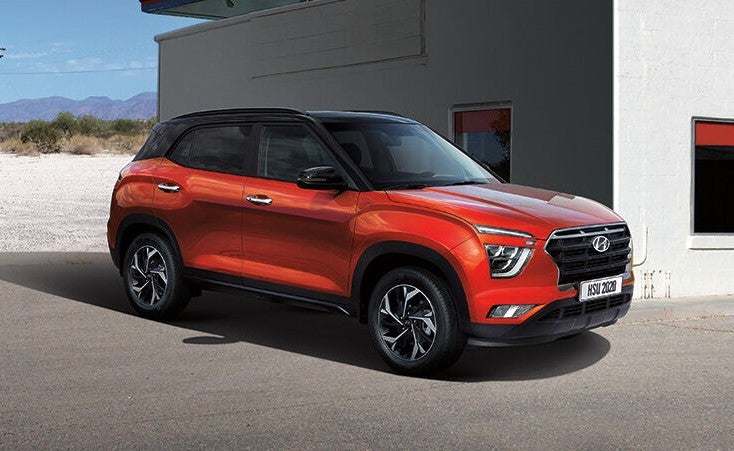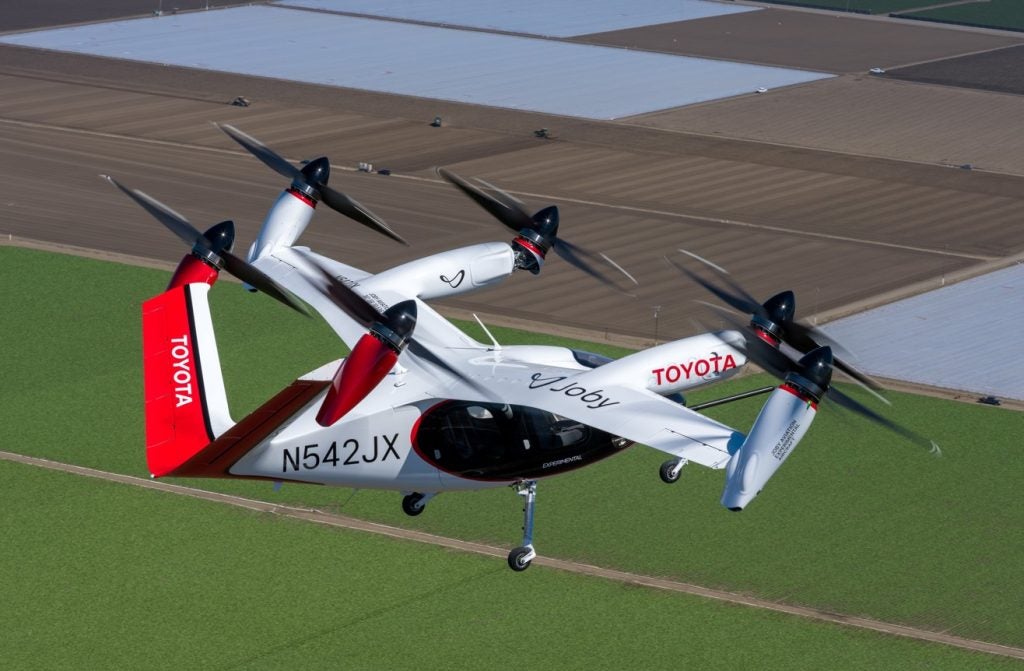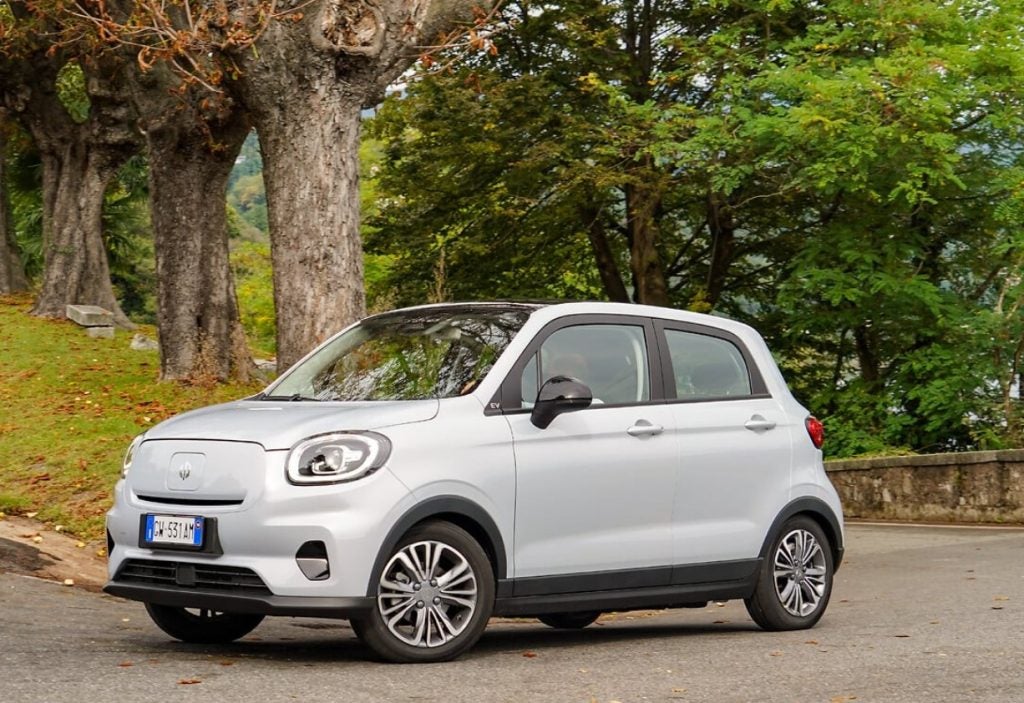TRW is developing a revolutionary interior vision system with the capability to accurately sense occupant size and position and deliver real-time reactions to protect passengers.
“One of the biggest challenges facing the occupant safety industry today is the new FMVSS 208 regulations regarding out-of-position passengers in the vehicle,” said Doug Campbell, vice president, Occupant Safety Systems, TRW Automotive.
“A number of companies including TRW are developing indirect sensing systems primarily based on weight sensors to not only determine the size of the passenger, but to try and predict if and when these passengers are considered out-of-position, meaning that a portion of their body is so near to the airbag that it can cause injury. This is particularly significant when children or small stature adults have their heads near the airbag when it deploys.”
These weight-sensing systems are being developed to meet the FMVSS 208 regulations when they take effect in 2004. However, TRW believes that its new vision system, slated for introduction in the 2007 model year, is a better solution to occupant sensing and passenger protection. The company is currently engaged in development contracts with three major vehicle manufacturers on three continents to perfect the system.
“The vision system is a direct measurement method that relies on real-time accurate data to determine the proper deployment of interior safety systems,” Campbell said. “For example, the vision system is designed to ‘see’ if there is a rear-facing infant child seat in the passenger seat and will automatically prevent the deployment of the airbag, and can also determine if the occupant is a child under six or a greater than 5th percentile small stature female and prevent or adjust the severity of airbag deployment according to the situation.”
How well do you really know your competitors?
Access the most comprehensive Company Profiles on the market, powered by GlobalData. Save hours of research. Gain competitive edge.

Thank you!
Your download email will arrive shortly
Not ready to buy yet? Download a free sample
We are confident about the unique quality of our Company Profiles. However, we want you to make the most beneficial decision for your business, so we offer a free sample that you can download by submitting the below form
By GlobalDataThe system uses a tiny, highly accurate stereo camera system mounted in the overhead console facing back into the vehicle cockpit. The camera circumference is roughly the size of a dime and about one inch long, and a stereo video mode was chosen because it allows for data to be triangulated to pinpoint the position of the occupant. This is very important because this information determines if the occupant is considered in the “keep out” zone where airbag deployment is prevented.
“The system is also very competitive from an economic standpoint, because it does not rely on the proliferation of electronic weight sensors, belt tension sensors, seat position indicators and similar items that current systems utilise. The camera itself is the primary means of occupant sensing and data gathering and it produces a far more reliable picture of what is really happening inside the vehicle,” said Campbell.






